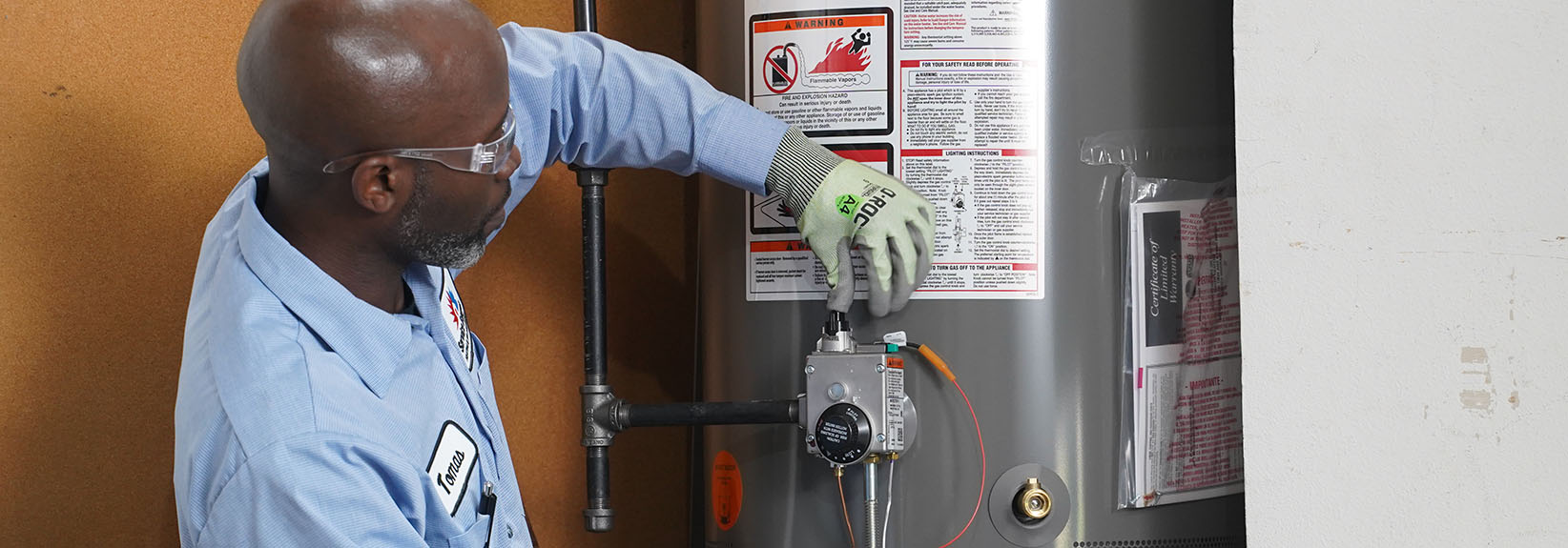

Articles
How To Drain Sediment From Water Heater
Modified: March 1, 2024
Learn how to effectively drain sediment from your water heater with our informative articles. Improve the performance and lifespan of your water heater with our expert tips.
(Many of the links in this article redirect to a specific reviewed product. Your purchase of these products through affiliate links helps to generate commission for Storables.com, at no extra cost. Learn more)
Introduction
Welcome to our comprehensive guide on how to drain sediment from a water heater. Over time, sediment can build up inside your water heater tank, reducing its efficiency and potentially damaging the heating elements. Regularly flushing your water heater and removing the sediment is essential for maintaining its performance and prolonging its lifespan.
Before we dive into the step-by-step process of draining sediment from your water heater, let’s take a moment to understand what sediment is and why it accumulates in the tank.
Sediment typically consists of minerals, debris, and other substances that are present in the water supply. These particles settle at the bottom of the tank, especially in areas with hard water. Over time, the sediment can form a thick layer, reducing the amount of hot water available and causing your water heater to work harder to heat the water.
Regular maintenance, including draining and flushing the tank, is crucial to prevent sediment buildup and optimize the performance of your water heater. Signs that your water heater may have excessive sediment include decreased hot water supply, strange noises, and decreased efficiency.
In this guide, we will walk you through the process of draining sediment from your water heater, step-by-step. We will also provide you with a list of tools and materials you will need, as well as important precautions to ensure your safety throughout the procedure.
By following our instructions and performing this maintenance task regularly, you can help extend the lifespan of your water heater, improve its energy efficiency, and ensure a reliable supply of hot water for your household.
Key Takeaways:
- Regularly draining sediment from your water heater improves efficiency, extends lifespan, and ensures a reliable supply of hot water for your household. Prioritize safety and follow manufacturer’s guidelines for optimal results.
- Consider installing a water softener if you live in an area with hard water to reduce sediment buildup in your water heater. Educate household members on the importance of water heater maintenance for long-term benefits.
Read more: How To Drain Whirlpool Water Heater
Understanding Sediment in Water Heaters
In order to effectively remove sediment from your water heater, it’s important to have a good understanding of what it is and how it forms. Sediment is typically made up of minerals, such as calcium and magnesium, as well as debris and other particles that are present in your water supply.
The presence of sediment is often more prevalent in areas with hard water, which contains higher levels of minerals. When water is heated inside your water heater, these minerals can precipitate and settle at the bottom of the tank. Over time, this sediment layer can become thicker, reducing the efficiency of your water heater and even causing damage to the heating elements.
There are several reasons why sediment buildup is undesirable in your water heater. First, it reduces the available hot water capacity. The sediment takes up space in the tank, which means there is less room for hot water. This can result in shorter showers, increased waiting time for hot water, and overall inconvenience for you and your household members.
Second, sediment can cause your water heater to work harder and consume more energy. The layer of sediment acts as insulation, making it more difficult for the heat to transfer from the heating elements to the water. As a result, your water heater needs to run for longer periods of time to maintain the desired temperature, leading to increased energy consumption and higher utility bills.
Additionally, sediment can contribute to the development of hot spots in the tank. These hot spots can cause the tank to overheat, potentially leading to damage or even a catastrophic failure. By regularly draining and removing sediment from your water heater, you reduce the risk of such problems occurring.
It’s worth noting that while sediment buildup is more common in older water heaters, it can also occur in newer units. Therefore, regular maintenance and sediment removal should be performed regardless of the age of your water heater.
Now that you have a better understanding of sediment and its impact on your water heater, let’s move on to identifying the signs that indicate the need for sediment removal in the next section.
Signs That Your Water Heater Needs Sediment Removal
Regular maintenance of your water heater is essential for optimal performance, and one crucial aspect of this maintenance is sediment removal. Here are some signs that indicate your water heater may be due for a sediment removal:
- Decreased Hot Water Supply: If you notice a decrease in the amount of hot water available for your daily needs, sediment buildup could be the culprit. As sediment accumulates at the bottom of the tank, it takes up space that could otherwise be filled with hot water.
- Strange Noises: Sediment buildup can lead to the production of unusual noises coming from your water heater. This can include rumbling or popping sounds, caused by the heating elements struggling to heat through the layer of sediment.
- Increased Heating Time: If you find that it takes longer for your water heater to heat up the water to the desired temperature, sediment accumulation may be to blame. The layer of sediment acts as an insulator, making it harder for the heating elements to transfer heat efficiently.
- Decreased Energy Efficiency: Sediment can significantly impact the energy efficiency of your water heater. As the heating elements have to work harder to heat the water through the layer of sediment, more energy is consumed, leading to higher utility bills.
- Visible Sediment: In some cases, you may be able to visually inspect your water heater and see a layer of sediment at the bottom of the tank. This is a clear sign that sediment removal is necessary.
It’s important to note that while these signs may indicate sediment buildup, they can also be indicative of other issues with your water heater. If you are experiencing any of these signs, it’s recommended to perform a thorough inspection and cleaning of your water heater to determine if sediment removal is necessary.
In the next section, we will discuss the tools and materials required for draining sediment from your water heater.
Tools and Materials Required
Before you start draining sediment from your water heater, it’s important to gather the necessary tools and materials. Here is a list of what you’ll need:
- Garden Hose: A garden hose is an essential tool for draining the water heater. Make sure the hose is long enough to reach a suitable drain or an area where the water can safely be discharged.
- Bucket or Large Container: You will need a bucket or a large container to collect the water as it is drained from the water heater. This will allow you to dispose of the sediment-filled water properly.
- Screwdriver: Depending on the type of water heater, you may need a screwdriver to remove the access panel or access cover that provides access to the drain valve.
- Towels or Rags: Keep some towels or rags handy to mop up any spills or drips that may occur during the sediment removal process.
- Valve or Drain Key: Some water heaters have a specific valve or drain key that is used to open and close the drain valve. Check your water heater’s user manual to determine if you need a valve or key for this step.
It’s important to note that the specific tools and materials required may vary depending on the type and model of your water heater. Consult your water heater’s user manual or manufacturer’s guidelines for any additional tools or specific instructions that may be necessary.
Once you have gathered all the necessary tools and materials, you’re ready to move on to the step-by-step guide on draining sediment from your water heater. This will be discussed in detail in the next section.
Turn off the power or gas to the water heater before draining to prevent damage. Connect a hose to the drain valve and direct the water to a drain or outside. Open the valve and let the water and sediment drain out.
Step-by-step Guide on Draining Sediment from Water Heater
Now that you have all the necessary tools and materials, let’s dive into the step-by-step process of draining sediment from your water heater:
- Turn off the Power: Before you begin, it’s essential to turn off the power supply to the water heater. Locate the circuit breaker or fuse dedicated to the water heater and switch it off. This step ensures your safety during the sediment removal process.
- Allow the Water to Cool: Give the water in your water heater ample time to cool down. This will prevent any potential burns or injuries when draining the hot water from the tank.
- Locate the Drain Valve: Find the drain valve on your water heater. It is usually located near the bottom of the tank. In some cases, you may need to remove the access panel or access cover to access the drain valve.
- Attach the Garden Hose: Take one end of the garden hose and securely attach it to the drain valve on your water heater. Make sure the hose is tightly connected to prevent leaks during the draining process.
- Place the Other End of the Hose: Position the other end of the hose in a suitable drain or an area where the water can safely be discharged. Ensure that the drain or area can handle the volume of water being drained from the water heater.
- Open the Drain Valve: Slowly open the drain valve by turning it counterclockwise. Allow the water to flow out through the hose. Be prepared for the water to contain sediment and be discolored.
- Monitor the Sediment: As the water flows out, keep an eye on it to observe any sediment or debris that may be exiting the water heater. If necessary, use a flashlight to get a better view of the sediment.
- Continue Draining: Let the water continue to flow until it runs clear and free of sediment. This may take a few minutes or longer, depending on the amount of sediment present in your water heater.
- Closing the Drain Valve: Once the water runs clear, close the drain valve by turning it clockwise until it is tightly closed. Ensure that it is completely closed to prevent leaks.
- Refill and Restore Power: With the drain valve closed, disconnect the garden hose from the drain valve. Next, turn on a hot water faucet in your home to allow air to enter the system. Finally, restore power to the water heater by turning on the circuit breaker or replacing the fuse.
By following these step-by-step instructions, you can effectively drain sediment from your water heater and improve its efficiency and performance. Remember to consult your water heater’s user manual for any specific instructions or recommendations from the manufacturer.
In the next section, we will discuss important precautions and safety measures to keep in mind during the sediment removal process.
Read more: How To Drain An Electric Water Heater
Precautions and Safety Measures
While draining sediment from your water heater is a relatively simple task, it’s crucial to prioritize safety throughout the process. Here are some important precautions and safety measures to keep in mind:
- Turn off the Power: Before beginning any work on your water heater, ensure that the power supply is turned off. Locate the circuit breaker or fuse dedicated to the water heater and switch it off to prevent any electrical accidents.
- Allow the Water to Cool: Hot water can cause burns and injuries. Give the water in your water heater sufficient time to cool down before starting the sediment removal process. This will minimize the risk of scalding or burns.
- Protective Gear: Consider wearing protective gear, such as gloves and safety goggles, to shield yourself from any potential splashes or spills during the draining process.
- Mind the Pressure Relief Valve: Avoid tampering with the pressure relief valve during the sediment removal process. This valve is a crucial safety feature that helps regulate the pressure inside the water heater.
- Proper Disposal: Dispose of the sediment-filled water in accordance with local regulations. Never pour the water down storm drains or areas where it may contaminate the environment.
- Be Mindful of Gas Heaters: If you have a gas water heater, exercise caution around the gas supply line. Avoid accidental damage or dislodging connections that may lead to gas leaks.
- Follow Manufacturer’s Guidelines: Always refer to your water heater’s user manual and follow the manufacturer’s instructions for draining sediment. They may provide specific guidelines or precautions for your particular model.
- Inspect the Water Heater: Take the opportunity to visually inspect your water heater while draining sediment. Look for signs of deterioration, leaks, or any other issues that may require professional attention.
- Take Your Time: Don’t rush the sediment removal process. Take your time to ensure each step is performed correctly and safely. Rushing can lead to mistakes or accidents.
- If in Doubt, Seek Professional Help: If you are unsure about any aspect of draining sediment from your water heater or if you encounter any problems during the process, it is best to seek the assistance of a professional plumber or technician.
By following these precautions and safety measures, you can effectively drain sediment from your water heater while prioritizing your safety and the wellbeing of your household.
In the final section, we will provide some closing thoughts and recommendations to wrap up this comprehensive guide.
Final Thoughts and Recommendations
Congratulations! You have completed the step-by-step guide on draining sediment from your water heater. Regularly performing this maintenance task can greatly improve the performance, efficiency, and lifespan of your water heater. Here are some final thoughts and recommendations to keep in mind:
- Frequency of Sediment Removal: While the frequency of sediment removal depends on various factors such as water quality and usage, it is generally recommended to drain your water heater annually or every six months for areas with hard water.
- Water Heater Maintenance: Draining sediment is just one part of water heater maintenance. It’s also important to regularly inspect your water heater for any signs of wear or leaks, check the pressure relief valve, and perform other maintenance tasks recommended by the manufacturer.
- Consider a Water Softener: If you live in an area with particularly hard water, you might want to consider installing a water softener. A water softener helps reduce the mineral content in the water, potentially reducing the amount of sediment that accumulates in your water heater.
- Professional Assistance: If you are unsure about any aspect of the sediment removal process or if you encounter any issues, don’t hesitate to seek the help of a professional plumber or technician. They have the expertise and tools to handle the task effectively and safely.
- Regular Water Quality Testing: Periodically test your water quality to ensure that it meets the desired standards. This can help you identify any potential issues early on and take appropriate actions to maintain the health and efficiency of your water heater.
- Educate Household Members: Take the time to educate your household members about the importance of sediment removal and water heater maintenance. Encourage everyone to conserve hot water and report any signs of sediment buildup or unusual behavior from the water heater.
By following these recommendations and maintaining a regular maintenance schedule, you can ensure the optimal performance and longevity of your water heater. Remember, a well-maintained water heater not only saves you money on energy bills but also provides a reliable supply of hot water for your everyday needs.
We hope this comprehensive guide has been informative and helpful. If you have any further questions or need additional assistance, don’t hesitate to reach out. Happy sediment removal and enjoy your improved water heater performance!
Additional Resources and References:
- Water Heater Guide by Energy.gov: [Link to website]
- Water Softener Buying Guide: [Link to website]
- How to Test your Water Quality: [Link to website]
Additional Resources and References
For further information and resources on water heater maintenance, sediment removal, and related topics, here are some recommended sources:
- Energy.gov: The official website of the U.S. Department of Energy provides a wealth of information on energy-efficient practices, including guides and tips for water heater maintenance. Visit their website at [www.energy.gov] to access resources specific to water heater efficiency and sediment removal.
- Manufacturer’s Guidelines: Refer to the user manual or manufacturer’s website of your specific water heater model for detailed instructions and recommendations on sediment removal. Manufacturers often provide specific guidelines tailored to their products, ensuring optimal performance and safety.
- Plumbing Professionals: If you prefer professional assistance or have specific concerns regarding your water heater, consider contacting a licensed plumber or technician. Their expertise and experience can ensure proper sediment removal and address any other water heater issues you may have.
- Online Forums and Communities: Engage in online forums and communities dedicated to home maintenance, plumbing, and water heater upkeep. These platforms provide a space for discussion, sharing experiences, and seeking advice from fellow homeowners and experts.
- Water Softener Resources: If you’re interested in learning more about water softeners and their benefits for reducing sediment in your water heater, numerous resources are available online. Look for reputable websites that offer guides, buying tips, and information on water softening systems.
Remember to always cross-reference the information you find with trusted sources and consult professionals when in doubt. Regular maintenance and sediment removal can ensure the optimal performance and longevity of your water heater, helping you enjoy a reliable supply of hot water for years to come.
Disclaimer: The above references and resources are provided for informational purposes only. Always follow the recommendations and guidelines provided by manufacturers and seek professional assistance as needed.
Thank you for reading our comprehensive guide on draining sediment from a water heater. We hope this information has been valuable in maintaining the health and efficiency of your water heater. Should you have any further questions or require additional assistance, feel free to reach out.
Frequently Asked Questions about How To Drain Sediment From Water Heater
Was this page helpful?
At Storables.com, we guarantee accurate and reliable information. Our content, validated by Expert Board Contributors, is crafted following stringent Editorial Policies. We're committed to providing you with well-researched, expert-backed insights for all your informational needs.
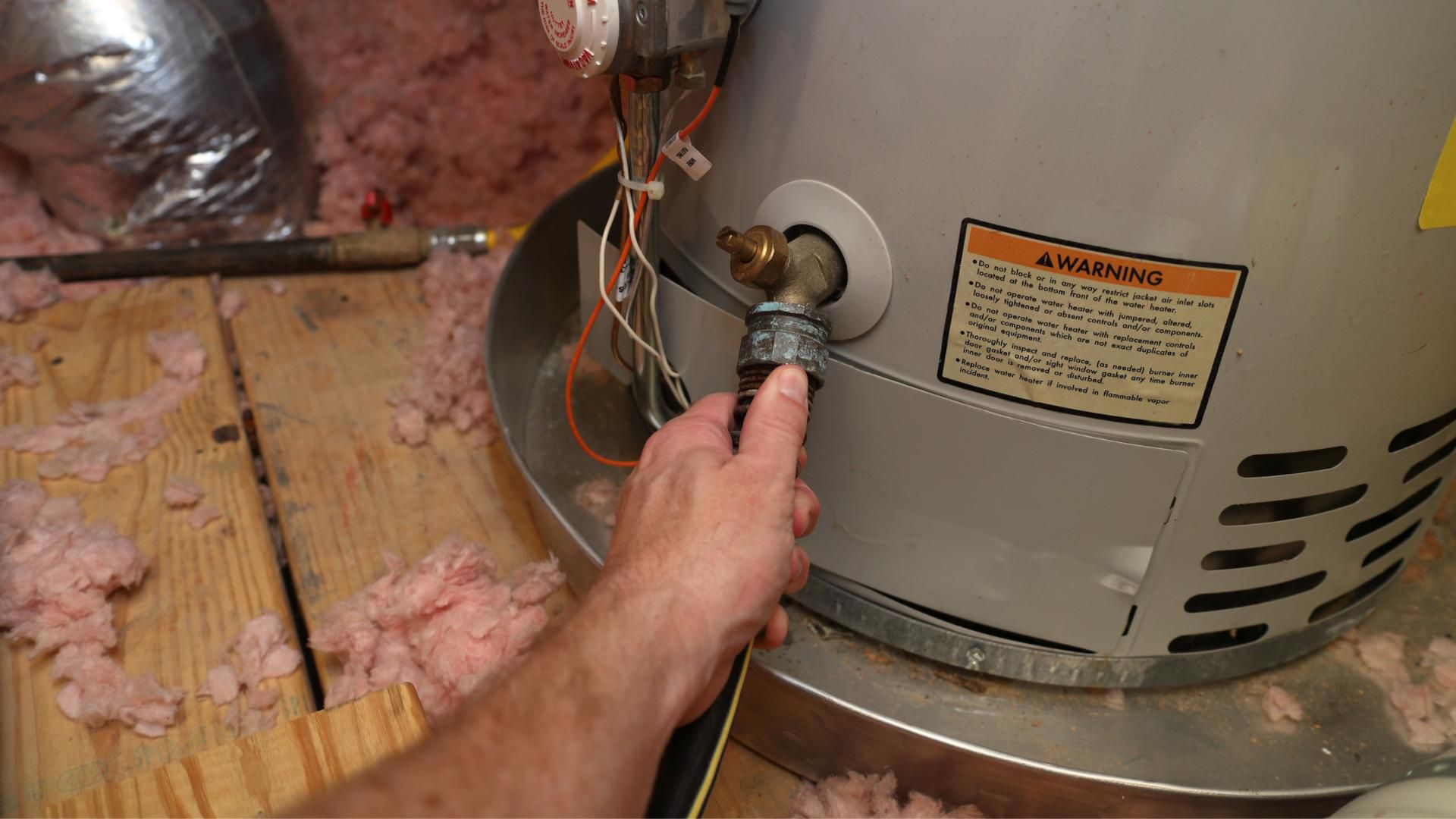
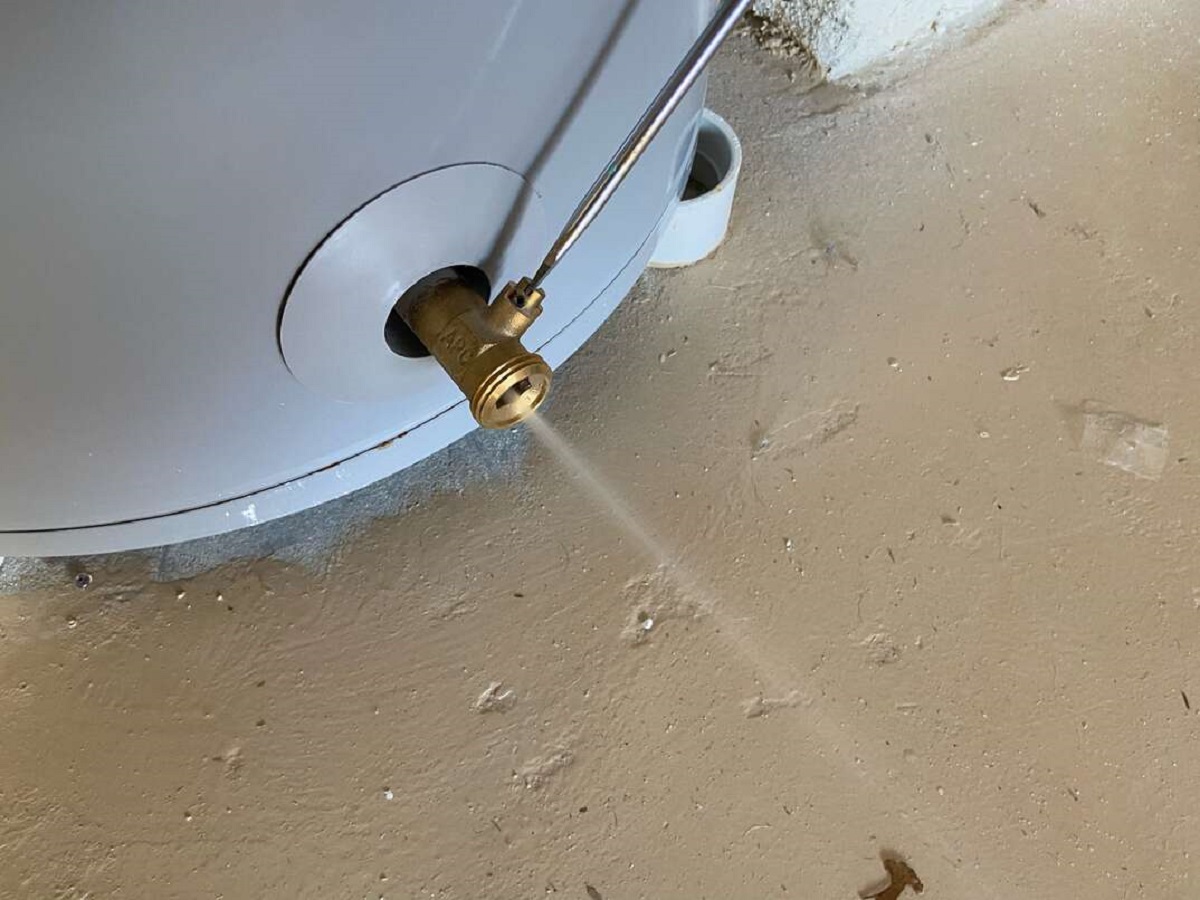
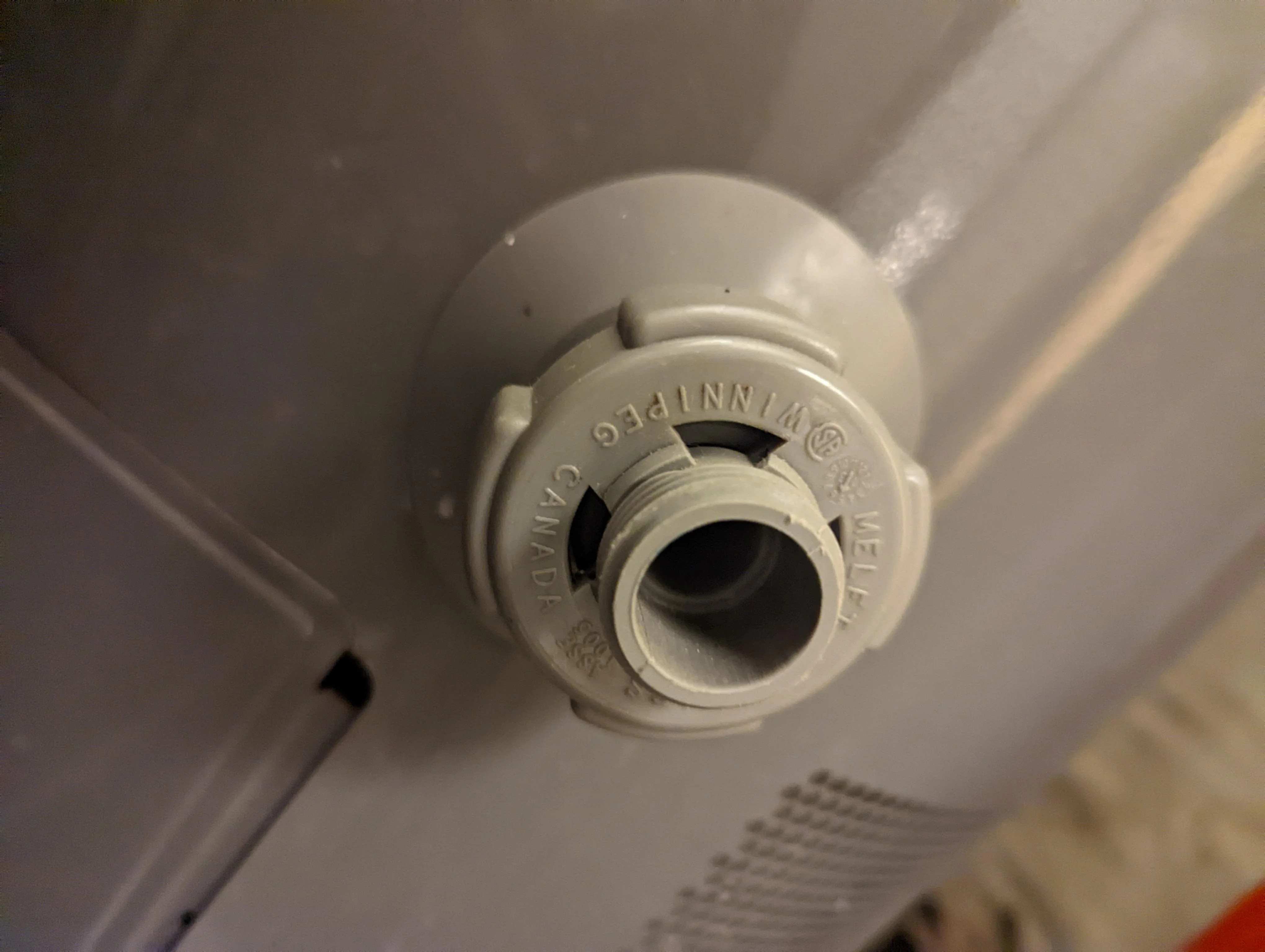

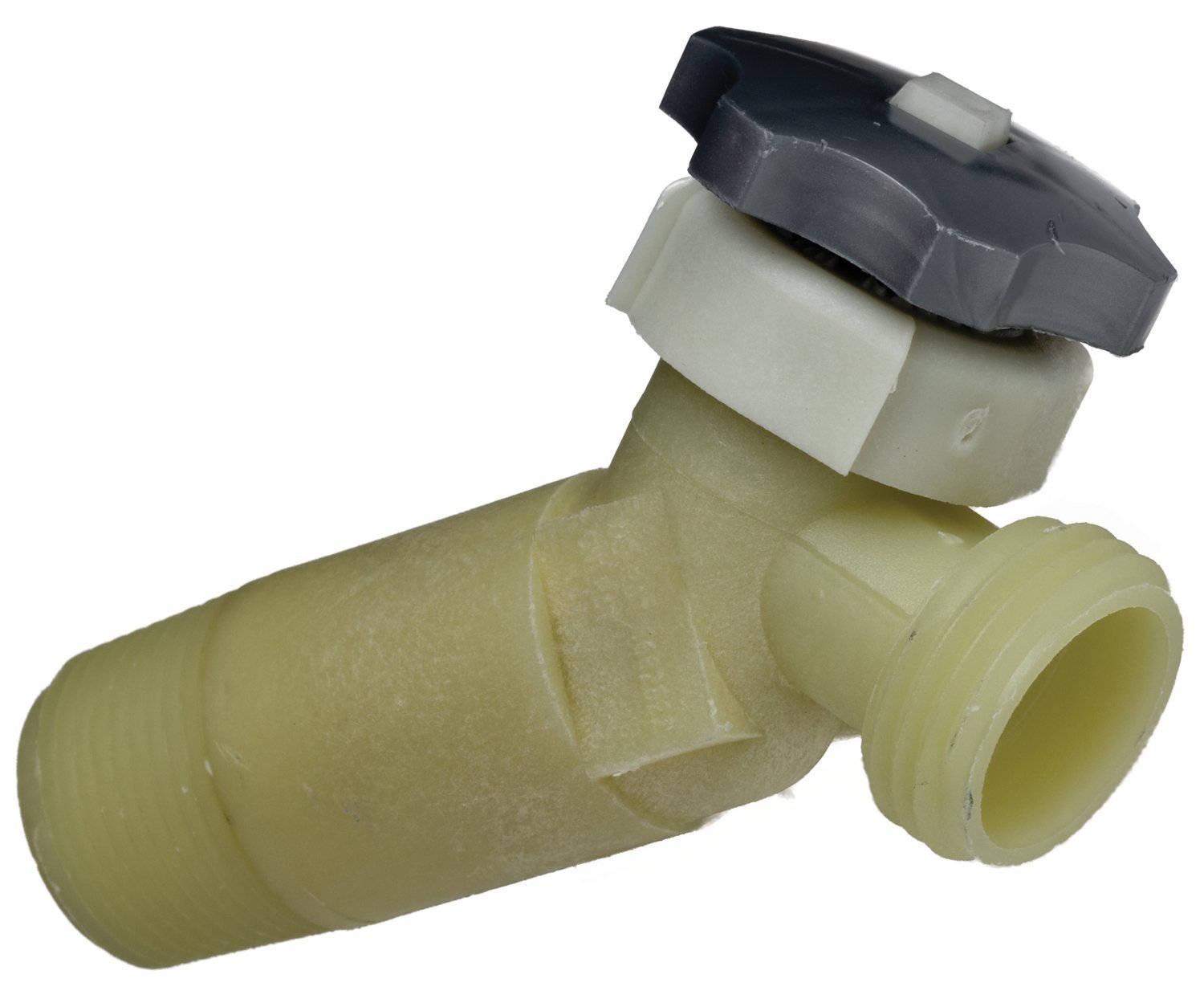
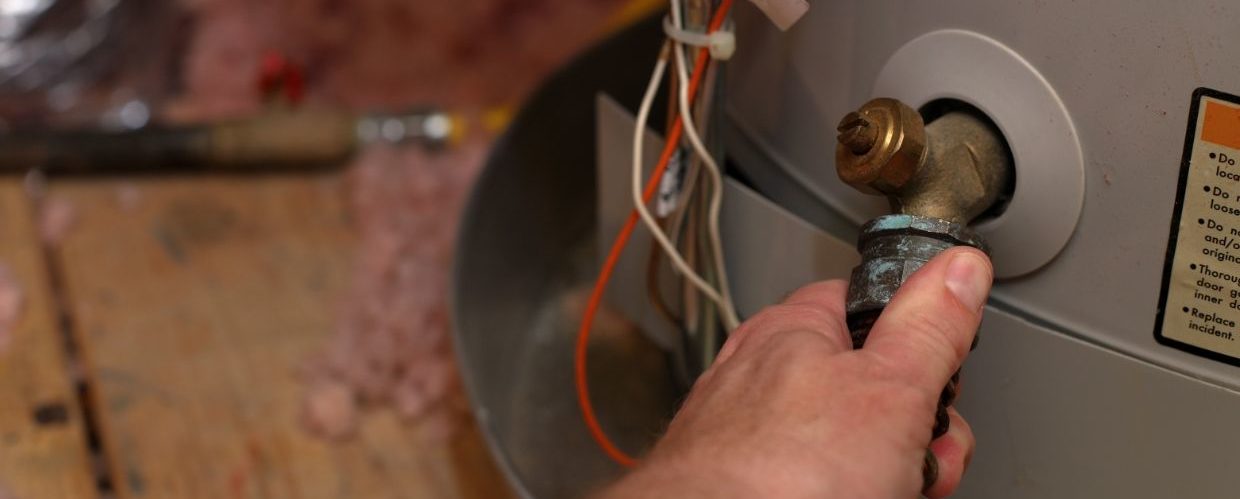
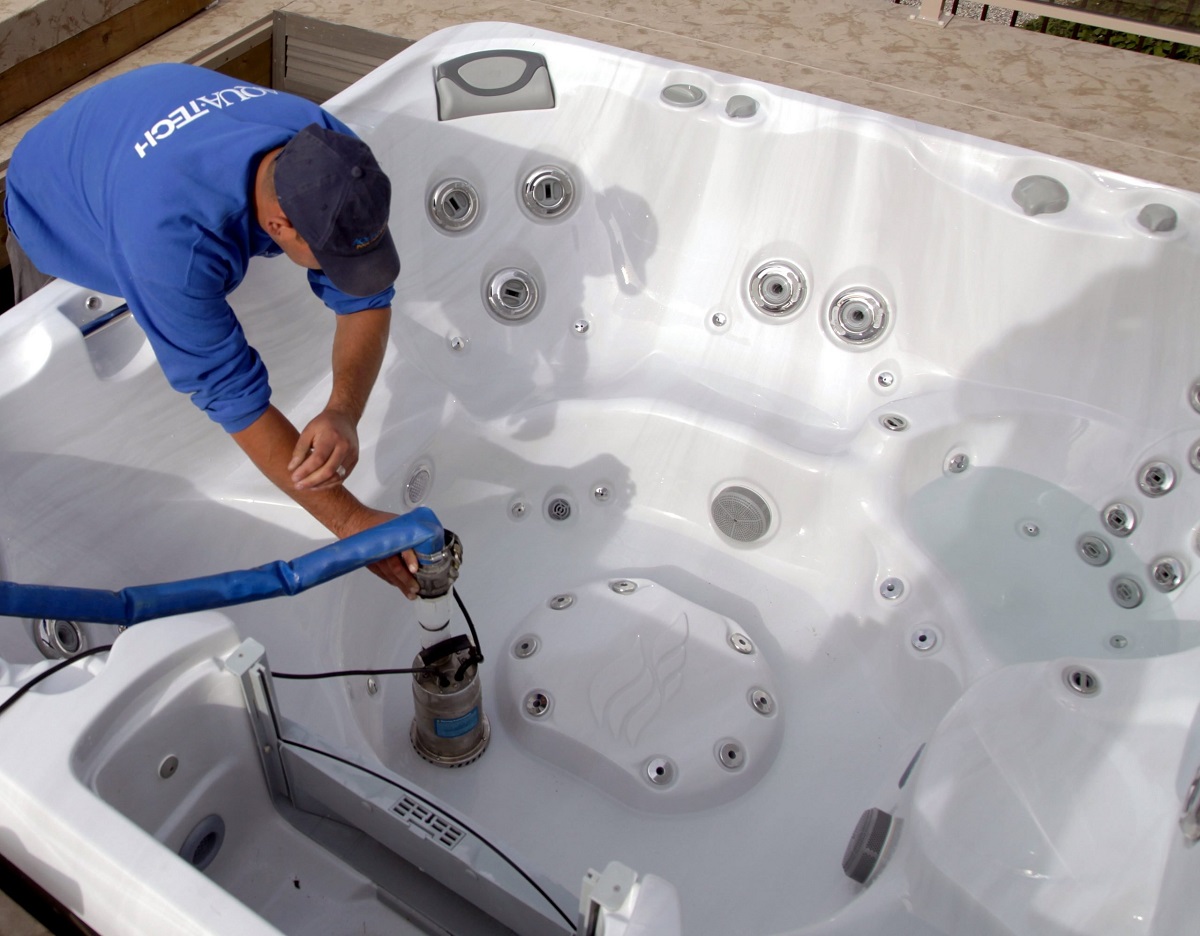
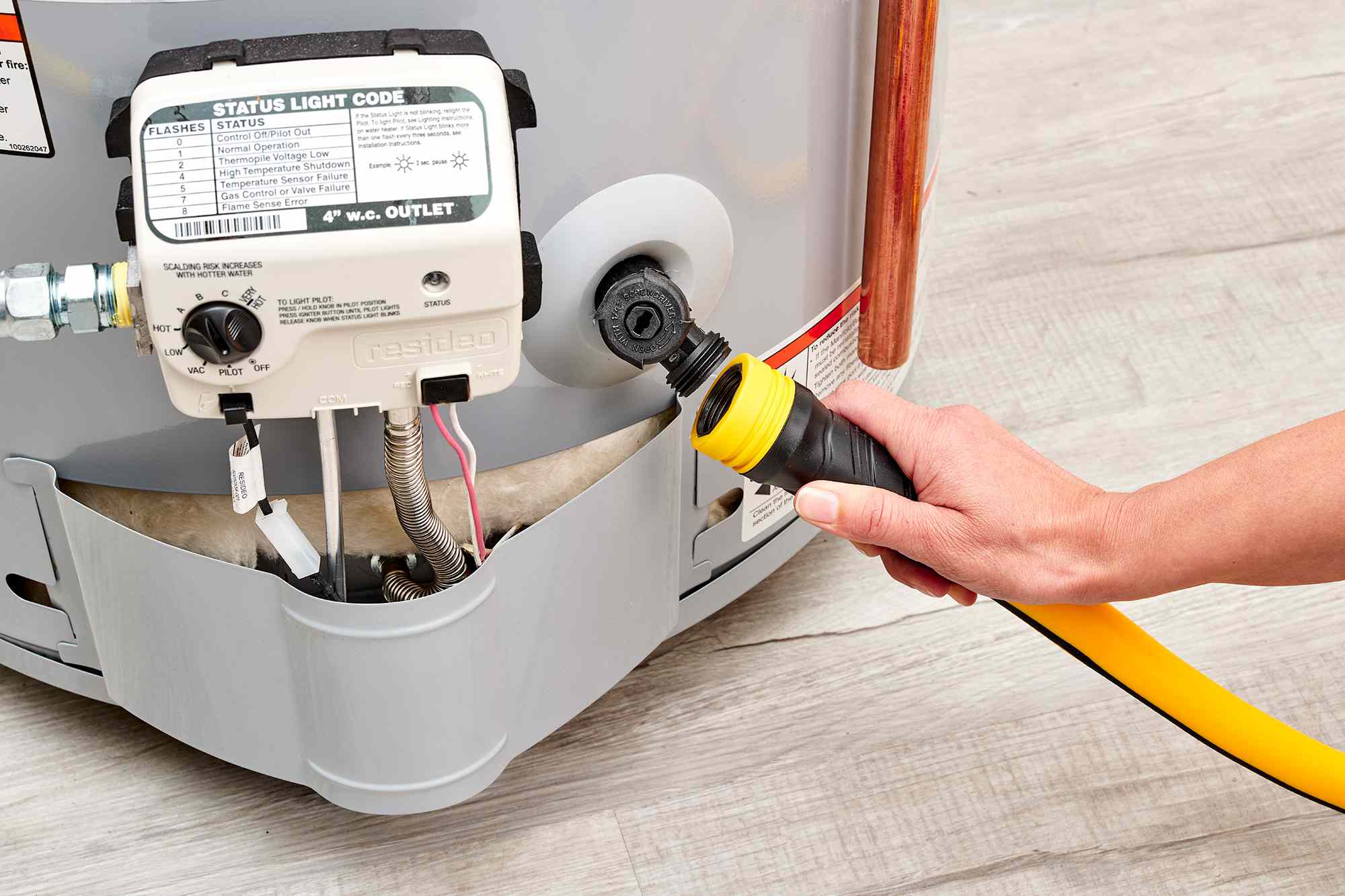
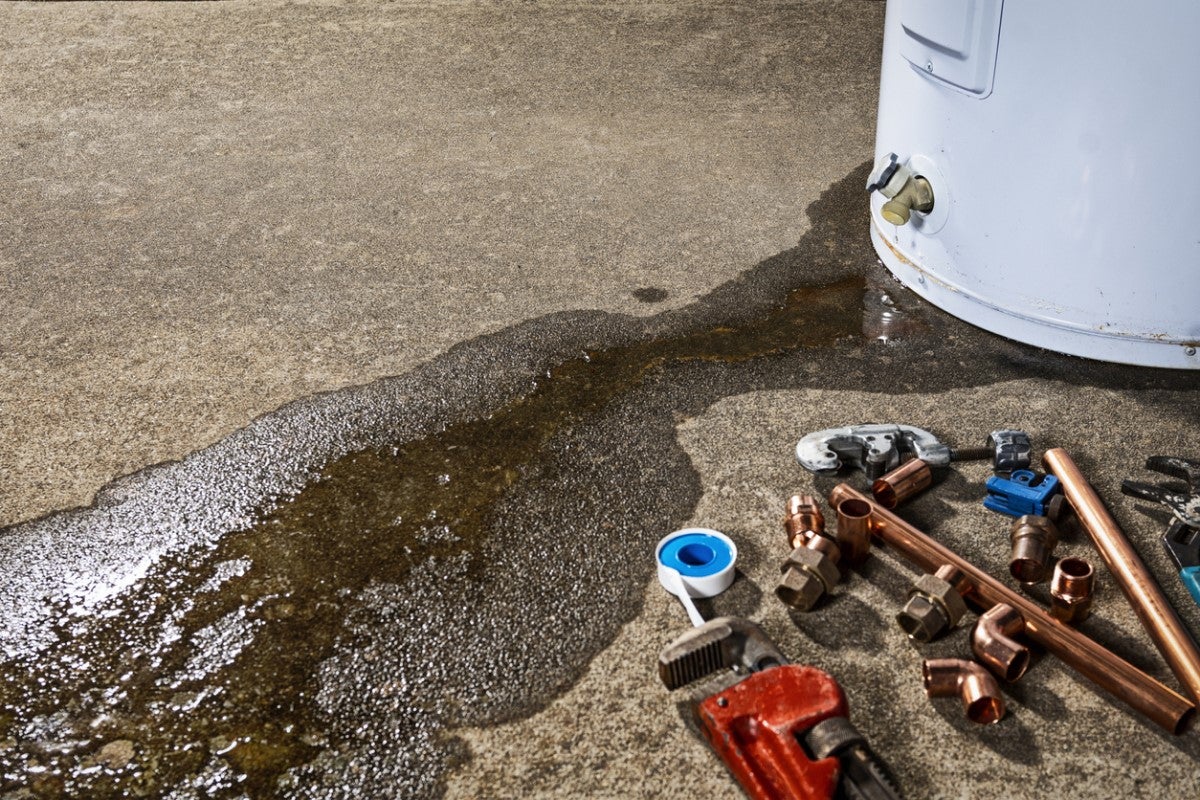
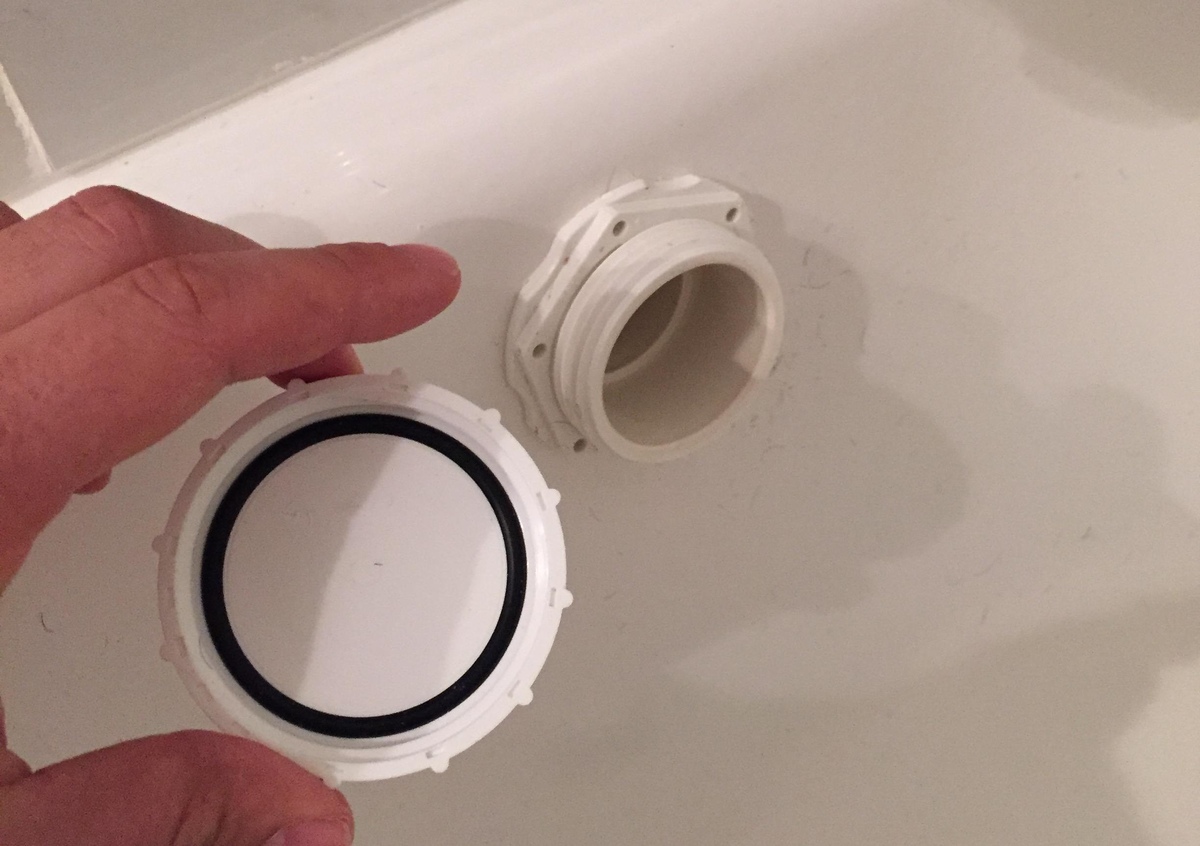
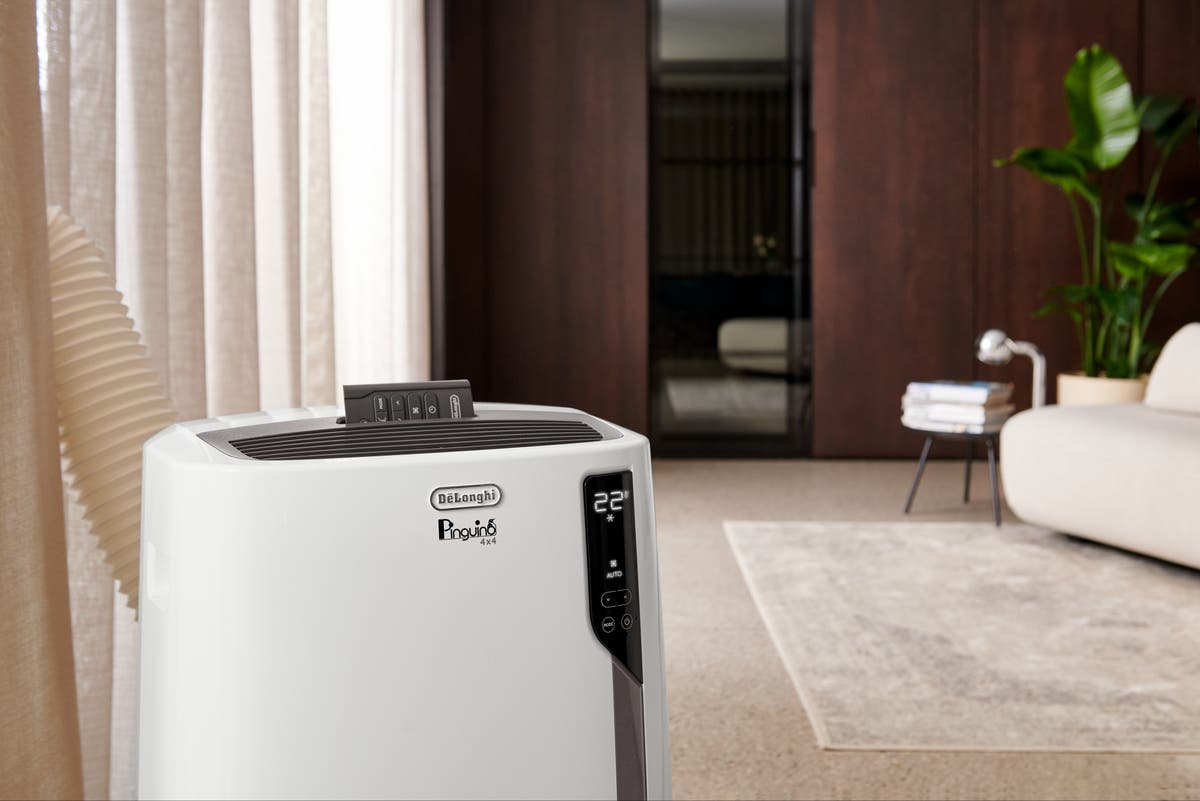
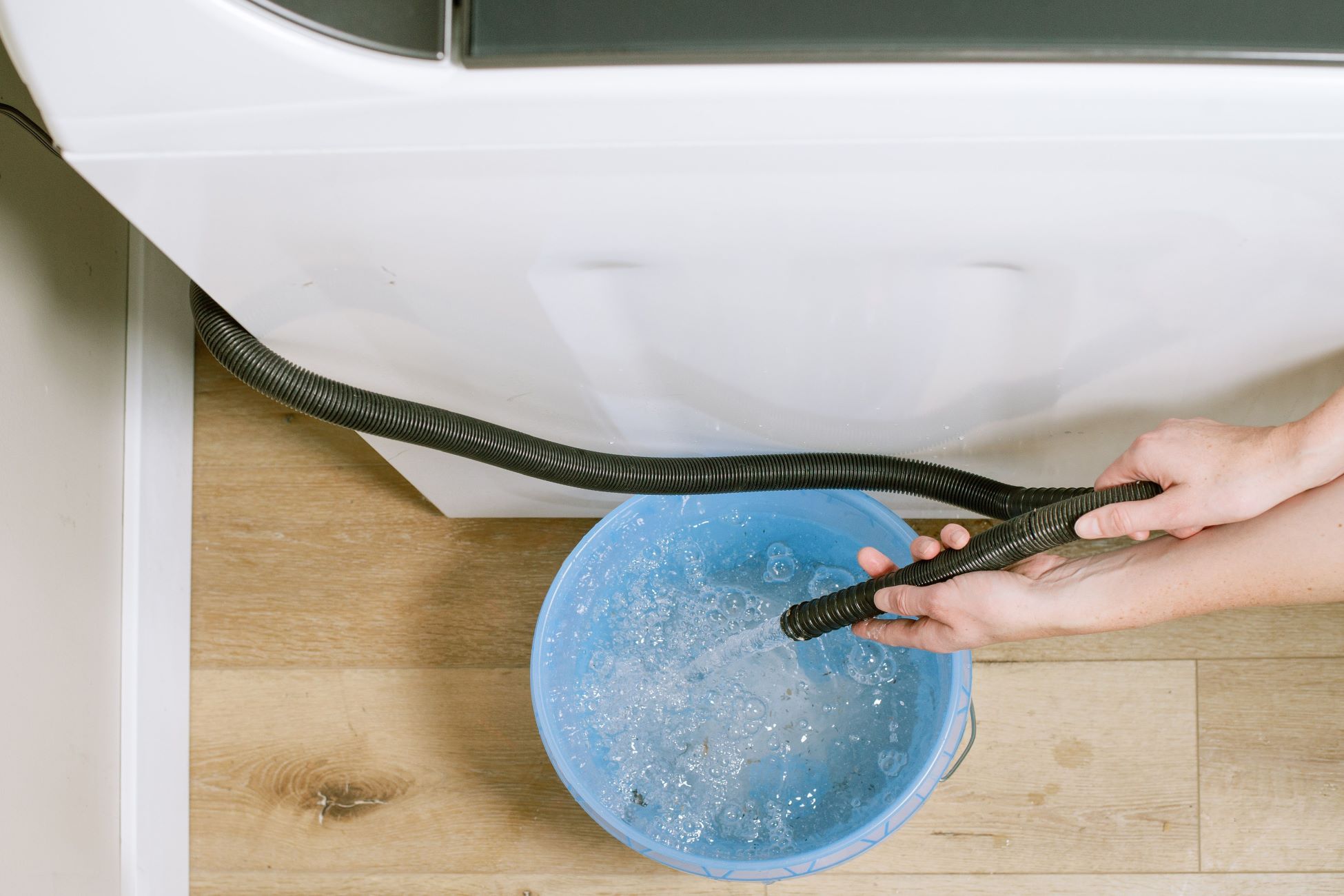
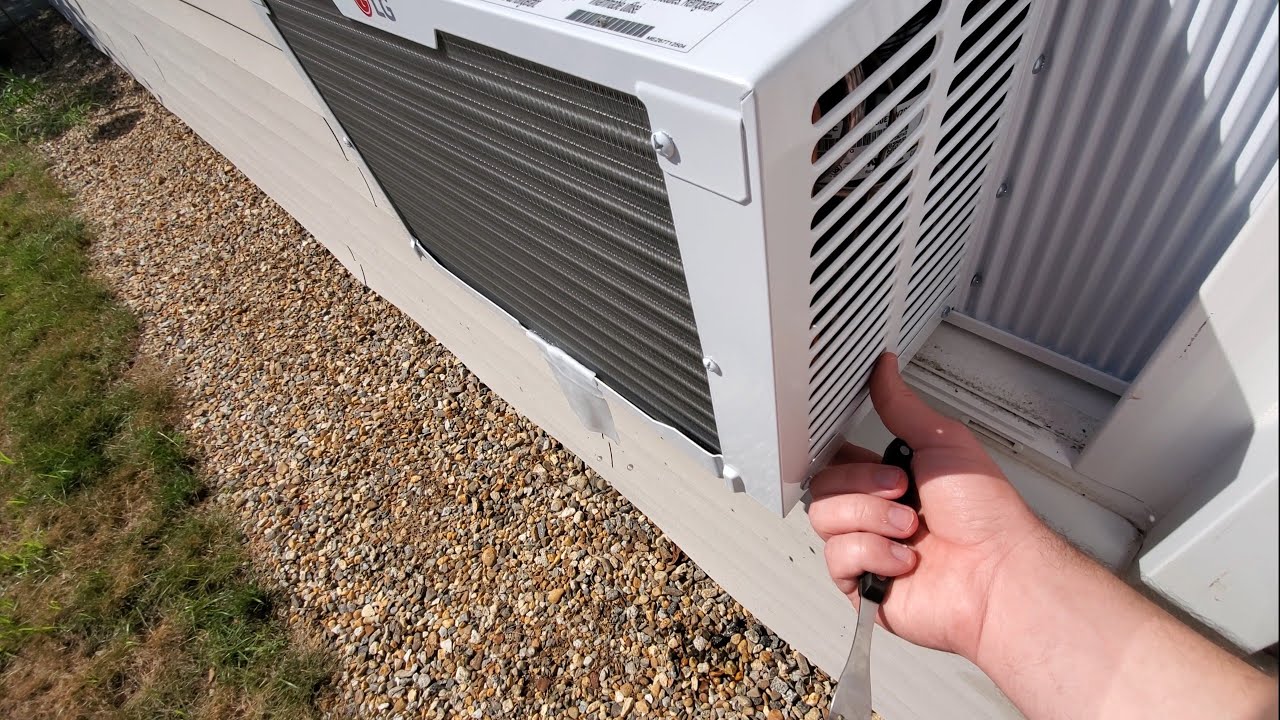
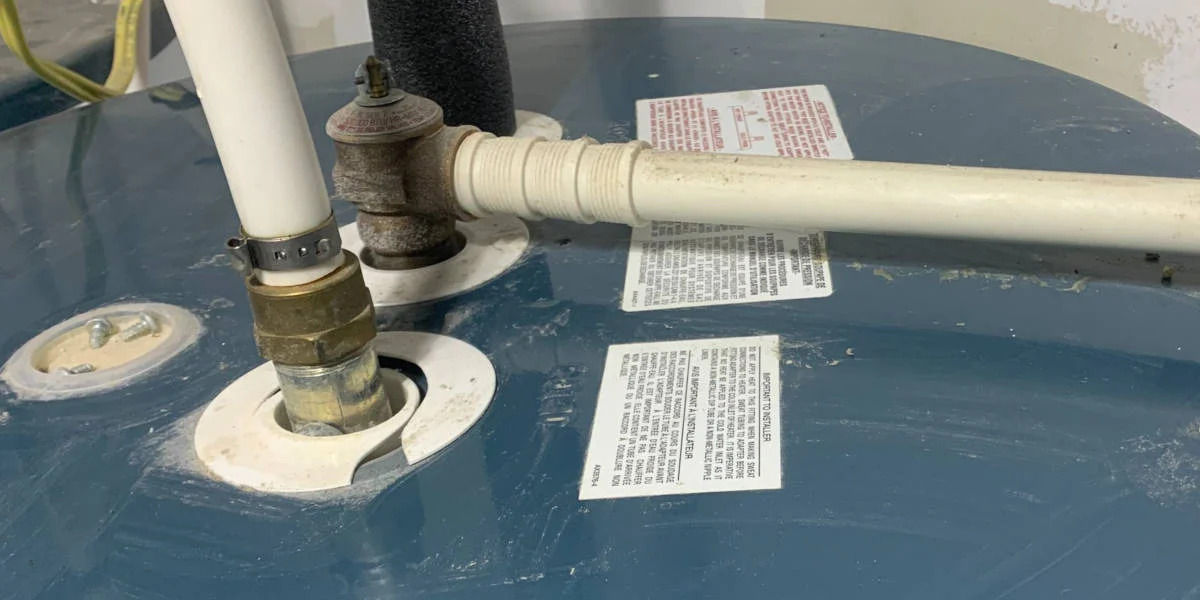

0 thoughts on “How To Drain Sediment From Water Heater”